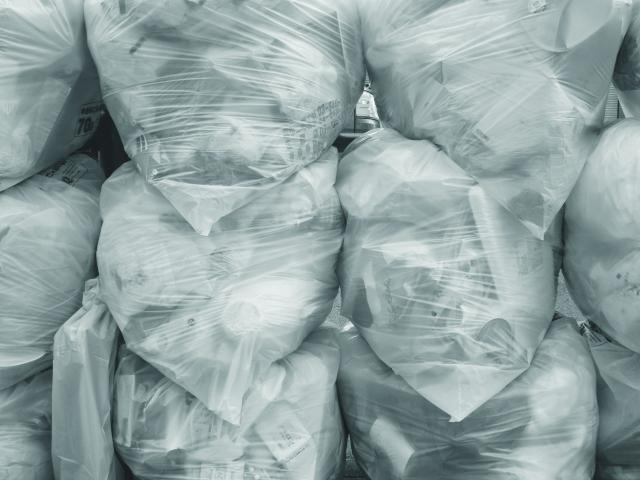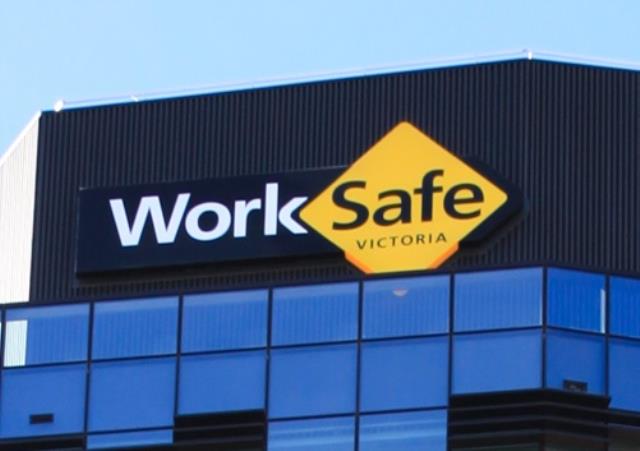Coles and Woolworths have made an offer to REDcycle to take control of its stockpiled soft plastic and provide safe storage of the material while recycling solutions are explored.
Following Soft Plastics Taskforce meetings, yesterday the supermarkets extended the offer to REDcycle to help prevent soft plastics deposited by customers being unnecessarily sent to landfill.
REDcycle is yet to respond, however the retailers’ ability to access and manage the stockpiles will require the cooperation of REDcycle, as the recycling company currently maintains control of the material and its storage arrangements across numerous locations.
The offer comes ahead of the release of a roadmap prepared by the Soft Plastics Taskforce, which is due to be published in the coming weeks.
Australia’s soft plastic recycling capacity is limited, exacerbated by recent processing disruptions. While local recycling capacity is projected to increase over the next 18 months as facilities re-open or are newly established, there is still more to be done by industry and government to grow domestic soft plastic recycling capabilities.
If REDcycle takes up this opportunity, the supermarkets will implement an interim strategy, such as safely storing material until it can be viably processed for recycling. Coles and Woolworths intend to work with the relevant state environment protection agencies (EPAs) to ensure their proposed storage arrangements meet the necessary safety requirements until the material can be processed.
The storage and management of the stockpiled material would be paid for from a Soft Plastics Recycling Contribution Fund to which Coles and Woolworths will each provide an initial multi-million-dollar contribution. The supermarkets welcome contributions from brand and packaging members of the REDcycle program, whose products have been collected by the scheme. The Fund is intended to address the existing REDcycle stockpiles while industry and government continue to work on long-term future soft plastics waste solutions.
Brad Banducci, Woolworths Group Chief Executive Officer said, “We know Australians have been let down. We were very disappointed to learn that REDcycle hasn’t been recycling the soft plastics they collected from our stores, and we are working to make it right.
“Coles and Woolworths have taken this step to provide reassurance to the public that the soft plastics they took the effort to deposit in REDcycle’s bins won’t be unnecessarily sent to landfill.
“We know this may take some time. We hope REDcycle will allow us to help get the best outcome for the environment, and restore community trust in our recycling systems.”
Matt Swindells, Coles Chief Operations and Sustainability Officer said the offer put to REDcycle is reflective of the commitment by both supermarkets to find the best environmental outcomes for the stockpiles and their customers.
Mr Swindells said, “Our aim is to continue to work with governments and industry to find workable solutions to soft plastic recycling in Australia so our customers can resume the good work they’ve done over the past decade, in sorting their soft plastic and knowing that it will be recycled.
“Collectively Coles and Woolworths have paid more than $20 million to REDcycle over the last decade to ensure this would happen, and we remain deeply disappointed by the unrecycled stockpiles.”
Coles and Woolworths have been in constructive discussions with the EPAs around the safe management of REDcycle’s stockpiles. The agencies have evaluated the safety risk of a number of stockpiles. This assessment is based on potential fire risk arising from the manner in which the material has been stored by REDcycle, and the suitability of the storage facility.
To date, the supermarkets have not been given access to the stockpiled material. They will need to assess whether any of the soft plastic has degraded to an extent where it is no longer suitable for reprocessing. Coles and Woolworths will work to recycle as much of the material they are given as possible. New storage arrangements for the material will be determined following safety inspections to understand whether any current storage facilities can be improved.







